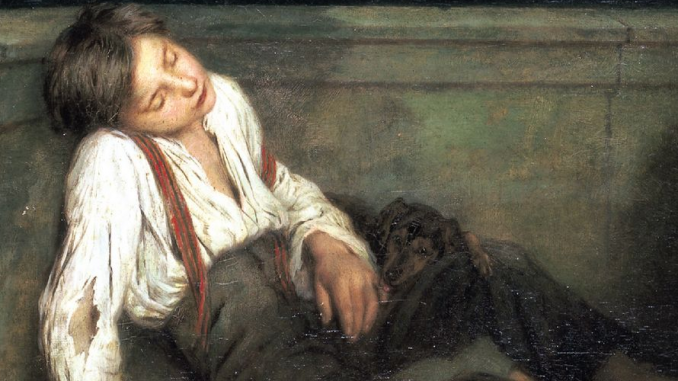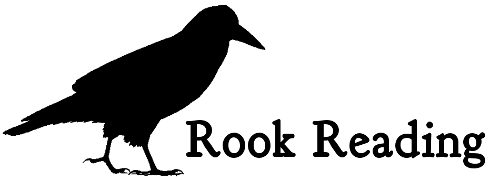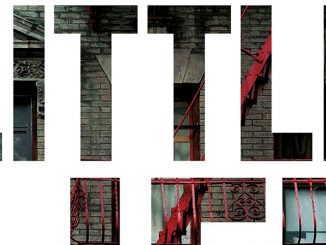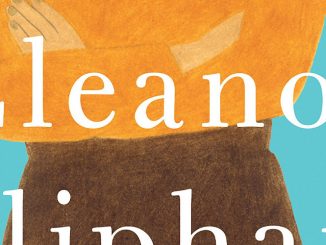
 Oliver Twist revolves around a young orphan who faces numerous challenges and hardships in his quest for belonging and survival. He encounters a wide array of characters, both kind-hearted and malicious, as he navigates through a world filled with poverty, crime, and unexpected twists of fate.
Oliver Twist revolves around a young orphan who faces numerous challenges and hardships in his quest for belonging and survival. He encounters a wide array of characters, both kind-hearted and malicious, as he navigates through a world filled with poverty, crime, and unexpected twists of fate.
Author: Charles Dickens
Year of publication: 1836
Pages: 300
Complexity
CEFR: B2/C1
Plot Complexity: moderate
Language Complexity: high
Ideas Complexity: moderate
Oliver Twist employs a moderately complex language with a balance between simplicity and intricacy. The plot complexity of the novel can be categorized as moderate, featuring multiple story lines and some twists and turns that engage the reader. In terms of ideas, Oliver Twist explores moderately complex themes, shedding light on social issues and moral dilemmas. Overall, Oliver Twist offers readers a thought-provoking and engaging reading experience, suitable for individuals with a B2/C1 level of language proficiency.
Blurb
A gripping portrayal of London’s dark criminal underbelly, published in Penguin Classics with an introduction by Philip Horne.
The story of Oliver Twist – orphaned, and set upon by evil and adversity from his first breath – shocked readers when it was published. After running away from the workhouse and pompous beadle Mr Bumble, Oliver finds himself lured into a den of thieves peopled by vivid and memorable characters – the Artful Dodger, vicious burglar Bill Sikes, his dog Bull’s Eye, and prostitute Nancy, all watched over by cunning master-thief Fagin. Combining elements of Gothic Romance, the Newgate Novel and popular melodrama, Dickens created an entirely new kind of fiction, scathing in its indictment of a cruel society, and pervaded by an unforgettable sense of threat and mystery.
This Penguin Classics edition of Oliver Twist is the first critical edition to faithfully reproduce the text as its earliest readers would have encountered it from its serialisation in Bentley’s Miscellany, and includes an introduction by Philip Horne, a glossary of Victorian thieves’ slang, a chronology of Dickens’s life, a map of contemporary London and all of George Cruikshank’s original illustrations.
YouTube Review
(Video removed? Please notify me at video@rookreading.com)






Be the first to comment